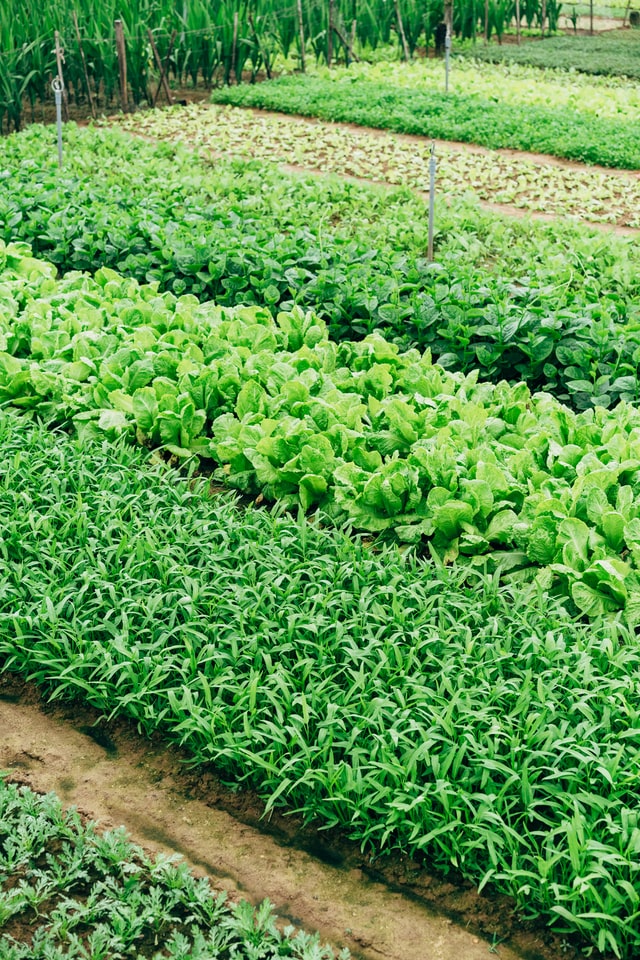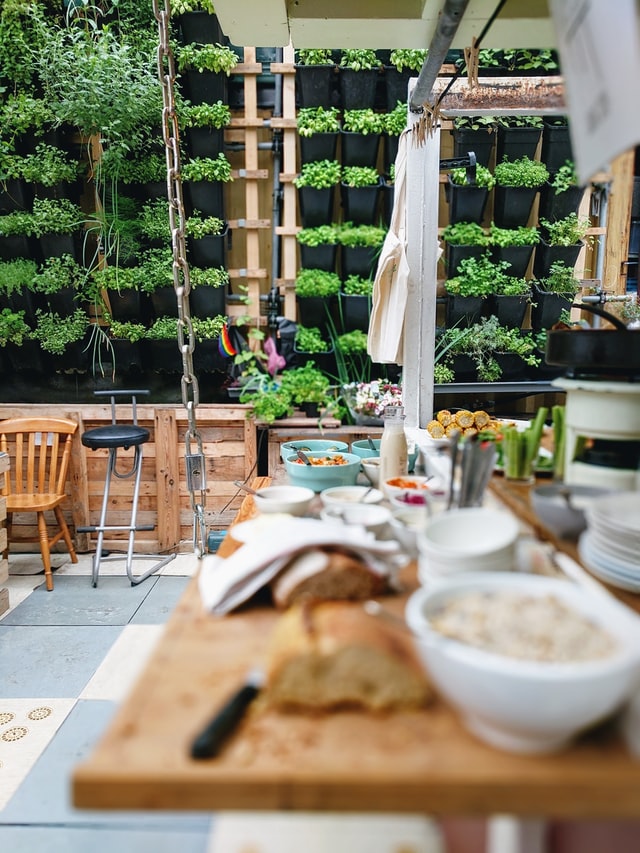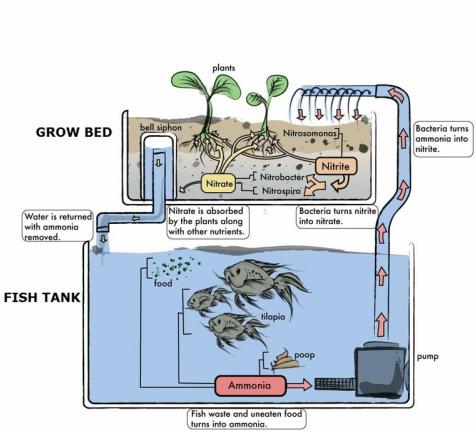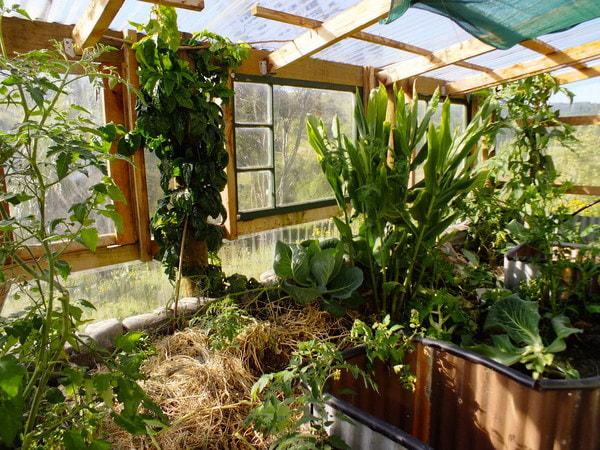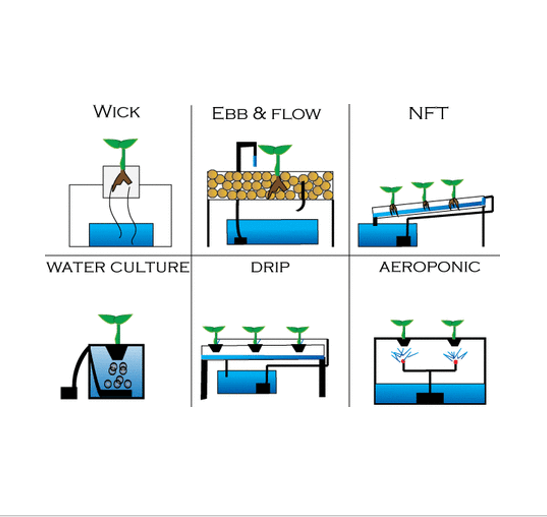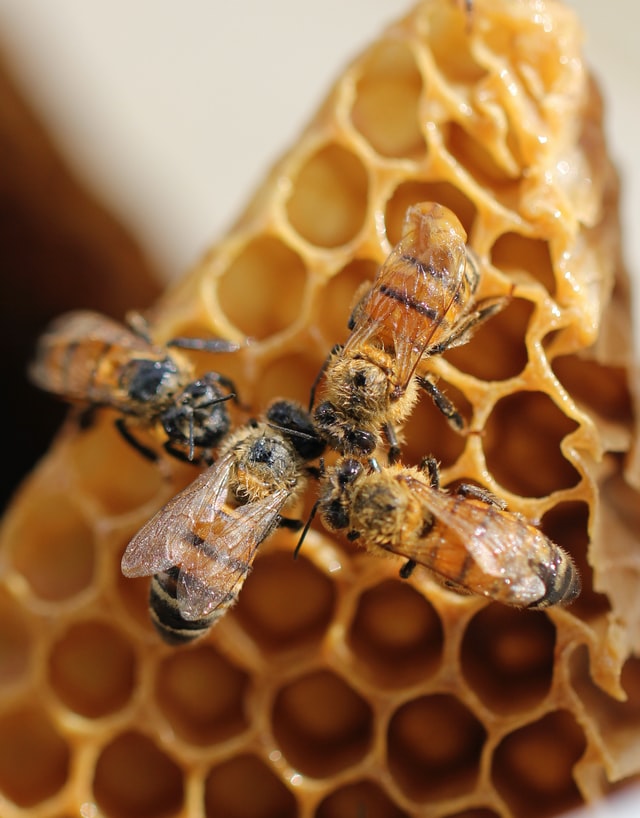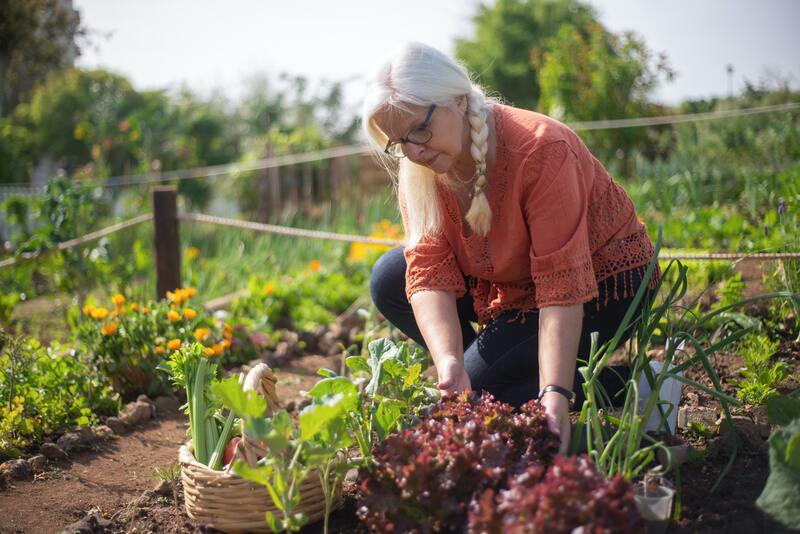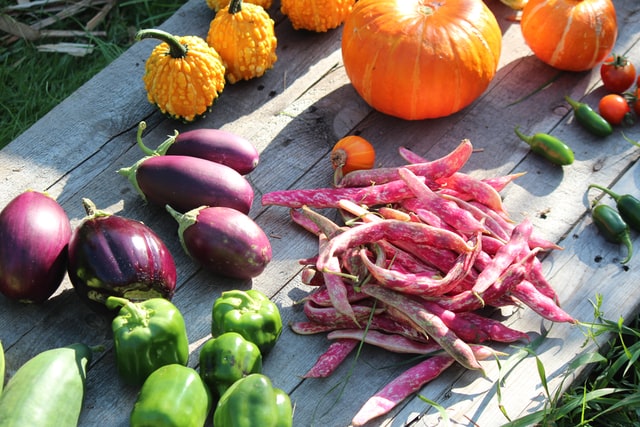Around the world, more than enough food is produced to feed the global population—but as many as 811 million people still go hungry while over 50% of grain traded around the world is used for animal feed or biofuels.
— Action Against Hunger & The Biofuels Digest
© COPYRIGHT 2022 ALL RIGHTS RESERVED.


